In 1945, London’s Ensign Ltd. designed a rugged, all-purpose camera for the British military that never saw much action because the war ended shortly thereafter. It was subsequently “civilianized” but never got much traction due to supply shortages and the reputation German cameras still enjoyed.
It’s a shame the Ensign Commando never really caught on as well as it could have. It’s an attractive, and well-made camera that is easy to use, feels solid in the hands, and has a number of innovative and interesting features. For example, most cameras of that time frame and earlier are either focused by sliding the entire lens/shutter assembly back and forth (for the earlier ones) or by turning the lens – basically screwing it and unscrewing it – to change the distance between the lens and the film. On the Commando, the lens stays in place but the film is moved back and forth, using the knob on the top right (in photo), so that you don’t have to let go of the camera and grope around in front of the optics. Plus, a distance gauge on the focus knob in addition to a rangefinder, to make extra sure your shots are crisp and focused correctly.
The camera uses 120 film, but instead of taking eight 6 x 9 cm exposures, the default is 6 x 6 cm, which allows for 12 square shots. It can also take 16 6 x 4.5 cm exposures, however. Other cameras that allow two sizes of photos to be taken typically use a mask that gets lost over the years – but the Commando has two flaps that can be folded in to turn the square to a narrower rectangle. Depending on the size, a slider in the center can be moved to assist with the proper framing. It has two separate windows in the back which can be opened depending on the size you’re shooting, but the winder will also stop automatically if the slider on the winding knob (top left in photo) is in the correct position. For 16 exposures, the slider is moved the other way, the winder turns freely, and the red window has to be used to wind the film the correct distance.
The camera came in three “civilian” versions after the 1945 military version, and this is the final (1949-1950) version, which has a faster (1/300s) shutter than previous versions. It’s a fun camera to use once you figure out all of its features. The first roll I shot was a new roll of color Ektar film, which turned out OK but had some odd color aberrations.
So next I decided to try some black and white film – but because film can be expensive and I was just testing out the camera, I grabbed an expired roll of Orwo (former East German, manufactured well before the Wall came down) black and white film. Orwo was considered “cheap” film even when the film was freshly manufactured – so 30-40 years after expiration, I wasn’t really sure what to expect.
What I find interesting about all of these photos is that they are all so well-focused. The rangefinder can be a little tricky. For those who don’t know how a rangefinder works, you look through the viewfinder and move the focusing knob until the image and a “ghost” of the image are exactly superimposed. In bright sunlight on the beach, with a quickly changing scene, it can be tricky to catch an image before it’s gone. So I took most of the pictures by estimating the distance using the marks on the focusing knob. And for virtually all the photos, contrast and brightness came out pretty well also, which suggests the shutter is still operating at the correct speed (I estimate shutter speed and aperture without a light meter).
It’s a fun camera to use. For a vintage camera from 1949, it seems heavy and bulky, but it’s not really any worse than today’s DSLRs. But it somehow feels a lot more solid and rugged.
For more photos taken with this particular camera, you can view this Flickr album. To learn more about the camera, see this link.

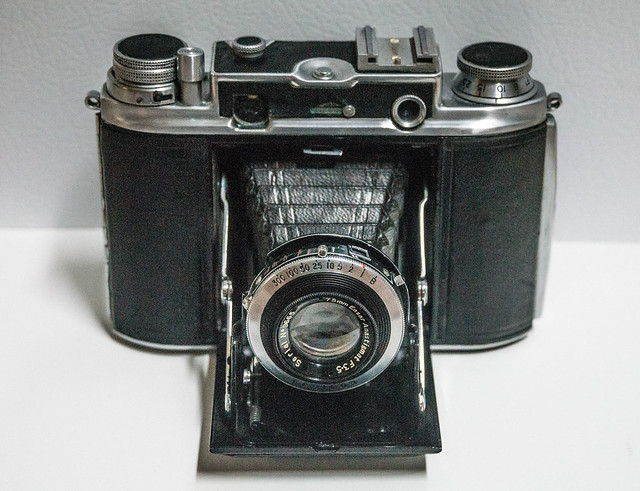
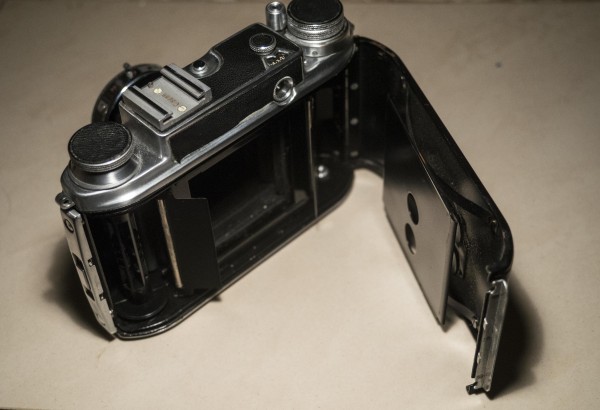
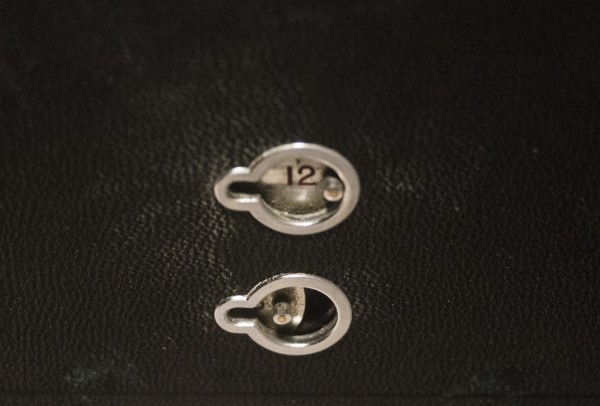

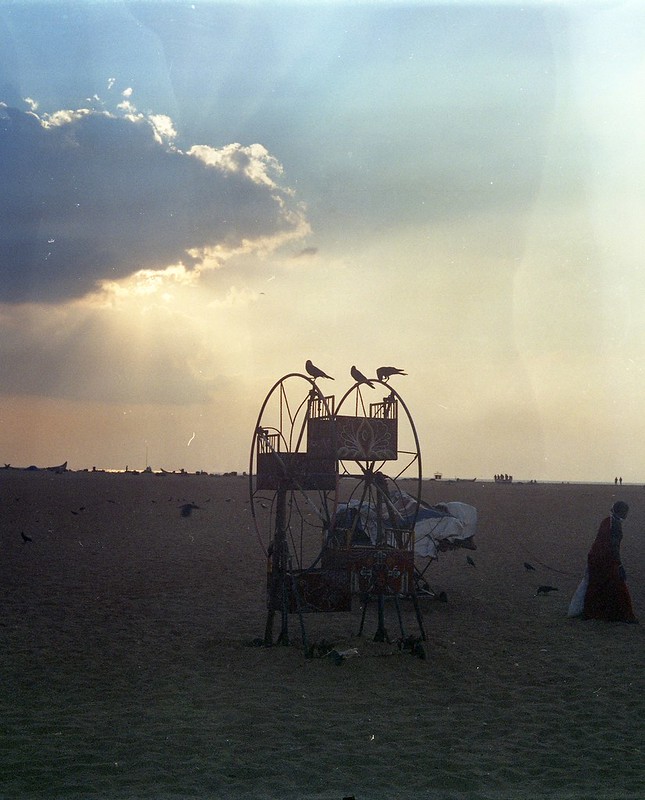
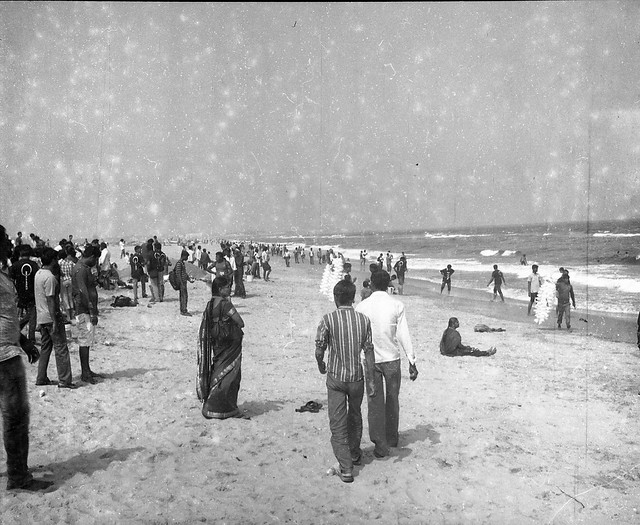



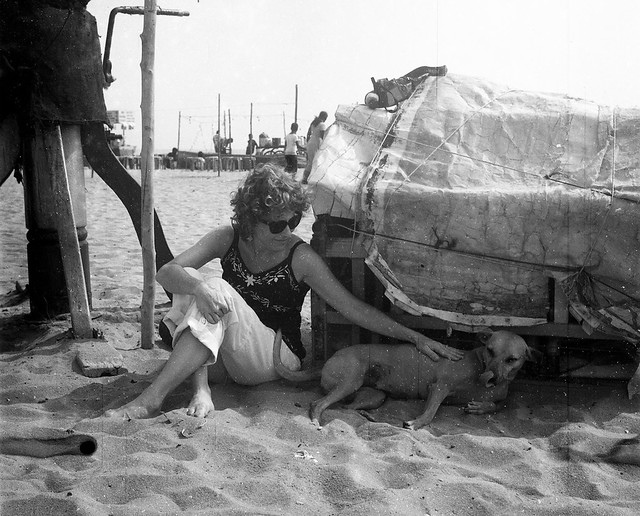

Will the film frame counter on the camera back cause fogging of modern panchromatic film which are sensitive to red light through the red window film counter?
Honestly, I’m not sure. On many of my cameras, I put a piece of electrician’s tape over the frame counter just in case – just a quick peek to if needed.